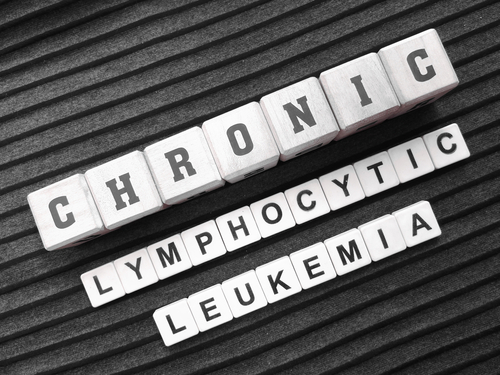
There is no best initial therapy for patients with chronic lymphocytic leukemia (CLL), and multiple factors should be evaluated before starting a treatment regimen, according to a presentation given at the 7th Annual Live Medical Crossfire®: Hematologic Malignancies.
Tremendous strides have been made in CLL treatment in recent years, from chemoimmunotherapy to the advent of adding monoclonal antibodies to antibodies. This evolution, according to lead presenter Nicole Lamanna, MD, represents “a huge improvement over chemotherapy.”
Modern CLL therapies are effective but have different treatment goals. Bruton tyrosine kinase (BTK) inhibitors, such as acalabrutinib, are continuous therapies that work by controlling CLL, yielding robust progression-free survival and better efficacy in patients with del(17p)/TP53 mutation. Fixed-duration therapies like venetoclax plus obinutuzumab aim for disease eradication and undetected measurable residual disease (MRD). Both therapies have drawbacks, however. BTK inhibitors tend to lead to increased risk of cardiac events and bleeding, while venetoclax plus obinutuzumab is cumbersome to initiate and might not be optimal for high-risk patients. Which treatment option is best?
“I don’t think that there’s necessarily one correct approach,” said panelist Joanna Rhodes, MD, MSCE. When presented with a case study, she noted the benefit of sometimes opting for second-generation BTK inhibitors. “If somebody wants time-limited therapy, we talk about the pros and the cons. Then I tell them I don’t think they’re going to have as long of a time off of treatment, and the likelihood that [they’ll] get as deep of a response is less. But it’s a conversation [to have], I think, with patients. And I do tend to favor the second-generation BTK inhibitors with the side effect profile at this point. They are better tolerated.” Specifically, Dr. Rhodes noted that when treating patients with acalabrutinib, there is “less hypertension, and so for a patient [who] has cardiac comorbidities or is already on 2 or 3 antihypertensive drugs, I have a tendency to go there.”
Overall, the panel agreed that there is no optimal initial therapy for CLL, and multiple factors, such as patient preference, comorbid conditions, toxicity considerations, and available resources, should be weighed before starting treatment.







 © 2025 Mashup Media, LLC, a Formedics Property. All Rights Reserved.
© 2025 Mashup Media, LLC, a Formedics Property. All Rights Reserved.